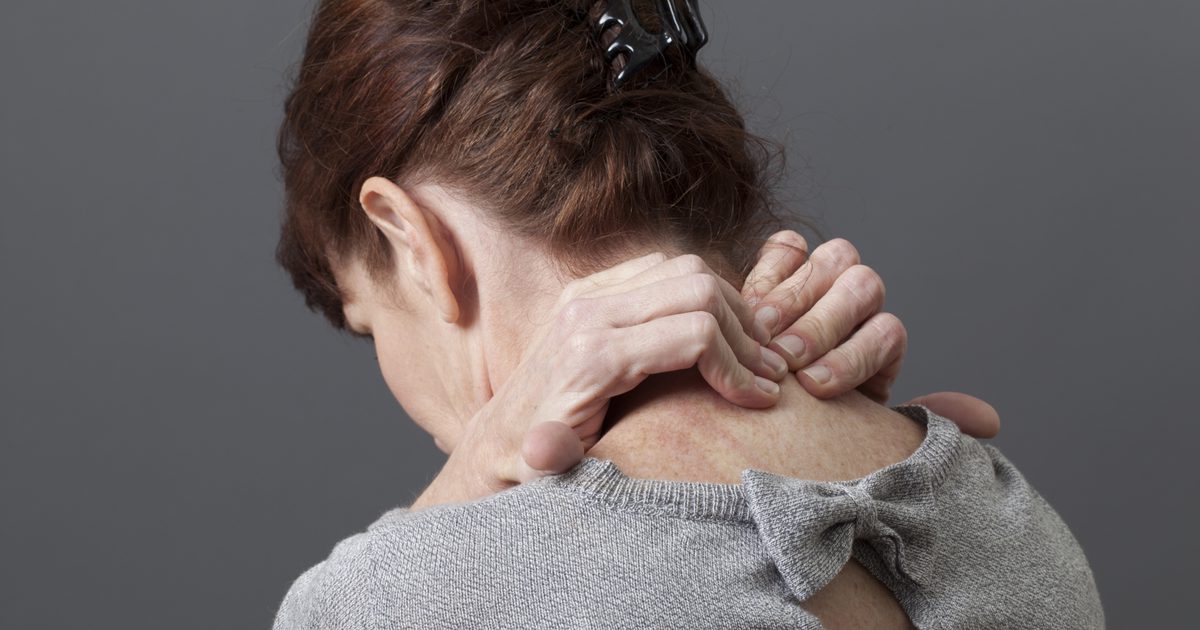Warning Signs Of Kyphosis
Three main types of kyphosis exist, including Scheuermann’s and congenital kyphosis. Many varieties of kyphosis do not require any type of treatment. But if an individual suffers from Scheuermann’s or congenital kyphosis, surgery may be recommended for treatment. Kyphosis occurs when the natural curve of the spine is bent forward. Therefore, kyphosis is a deformation of the upper back of the spine that causes a significant outward curve. Scheuermann’s kyphosis occurs during adolescence and remains caused by a deformity of the structure of the vertebrae of the back. Individuals with Scheuermann's kyphosis have a higher tendency to develop scoliosis. A patient with this type of kyphosis needs to display at least five degrees of a wedge in front of three neighboring vertebras when observed using an x-ray. Congenital kyphosis occurs less frequently than the other types of the disorder and is caused by an abnormal growth of the spine before birth. Get to know the warning signs of this condition now.
Poor Posture With Hump Appearance

Some individuals, especially older women, can tend to form a dowager’s hump as they age. This hump will look like a back that has an exaggerated curve, and like poor posture with hump appearance. While the curvature remains mild, there are few problems or physical effects felt. If the curve becomes more pronounced, more health issues and pain may occur. Focusing on proper posture and assistive exercises and devices help patients with kyphosis improve their posture and rid themselves of some of the more annoying symptoms of having poor posture with a hump appearance to their back. Physical therapy and regular exercise can strengthen the back muscles and hold an individual’s spine in the right position. Once a person sees their doctor, the doctor can help the individual with poor posture and a hump find the right exercises and medicine to improve their back health.
Reveal more of the warning signs of kyphosis now.